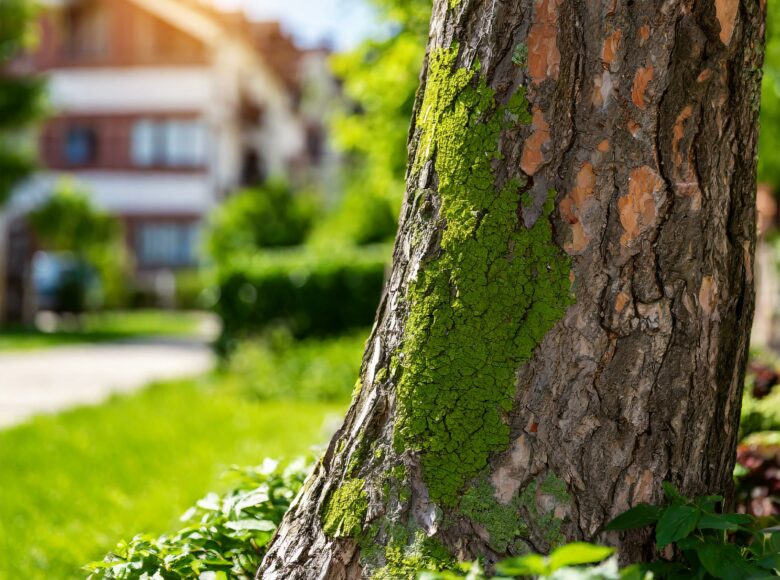Taking care of your trees is akin to taking care of a part of your family.
They bring shade, beauty, and comfort to our homes. However, like any living being, trees can fall ill due to diseases. Spotting these diseases early can be the key to saving your trees.
Here are some signs to look out for and steps to take for early detection of tree disease.
- Unusual Leaf Discolouration: Healthy leaves are typically vibrant and uniform in colour. Yellowing, browning, or wilting leaves outside of fall season may indicate a problem.
- Premature Leaf Drop: If your tree is losing leaves before the fall season, this might be a sign of a stressed or diseased tree.
- Excessive Deadwood: While a few dead branches are normal, excessive deadwood is a red flag that your tree may be in trouble.
- Fungal Growth: Mushrooms for fungi growing at the base of the tree or on the branches are often a sign of internal rot.
- Unusual Growths or Swellings: Check the tree’s bark for growths, swellings, or knots. These can be early signs of cankers, which are often caused by bacterial or fungal infections.
- Cracked or Peeling Bark: Healthy trees generally have intact bark. Cracking, peeling, or falling bark can be a sign of disease or stress.
- Sap Leaks or “Bleeding”: A tree that is leaking sap excessively may be trying to combat an infection. This is often called gummosis in fruit trees.
- Poor Growth Patterns: If your tree is growing less vigorously than others of the same type, this might be a sign that it is struggling with a disease.
What to do Next:
- Document the signs: Take pictures and notes on what you observe. This will be helpful when consulting with a professional.
- Consult with a certified arborist: If you suspect your tree might be diseased, consult with a certified arborist. They are trained to diagnose and treat tree diseases and can recommend the best course of action. Book a Consultation »
- Apply treatment as recommended: Based on the arborist’s advice, treatments might include pruning, applying fungicides or insecticides, or in severe cases, removing the tree to prevent the disease from spreading.
- Perform Regular Monitoring: After the initial assessment or treatment, continue to monitor your tree’s health regularly. Keep an eye out for the return of any symptoms and report them to your arborist.
- Take Preventative Care: Going forward, engage in preventative care. This includes proper watering, mulching, fertilizing, and seasonal pruning, which can help to ward off future pests and diseases.
Spotting the signs of tree disease early is crucial to saving your trees.
By paying attention to your tree’s appearance, and acting swiftly at the first sign of trouble, you can often halt the progression of a disease and save your beloved tree. When in doubt, consult with a certified arborist who can provide expert advice and treatment options.

